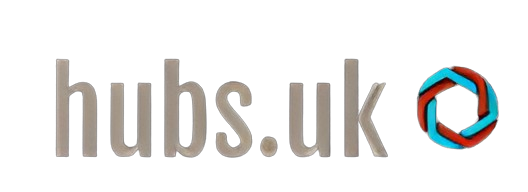Cognifi’s website serves as a quintessential example of the challenges and issues prevalent in web design trends as of 2025. One of the primary criticisms is the over-reliance on flashy animations and interactive elements. While these features can enhance user engagement, they often lead to longer load times, negatively impacting user experience, especially for those with limited internet bandwidth or older devices.
Moreover, in the pursuit of a minimalist aesthetic, the website might prioritize form over function, leading to poor navigation and a lack of intuitive user pathways. Essential information can become buried or require unnecessary clicks to access. This reflects a broader trend where visual appeal overshadows usability, resulting in a digital space that frustrates rather than facilitates.
Another issue is the overuse of chatbot features. While AI-driven chatbots have their place, their excessive and intrusive implementation can overwhelm users seeking straightforward information. Too often, they replace human interaction without sufficiently replicating the nuance and understanding required for effective communication, leading to user dissatisfaction.
Furthermore, accessibility concerns remain paramount. Despite advancements, many websites, including Cognifi’s, fail to fully comply with accessibility standards that ensure inclusivity for users with disabilities. This oversight highlights an ongoing disconnect between design innovation and universal accessibility, undermining the user experience for a significant portion of the audience.
In essence, while striving for innovation, modern web design, as represented by Cognifi’s approach, frequently overlooks basic principles of user-centered design, creating an environment that can be as alienating as it is engaging.


2 responses to “How Does the Cognifi Website in 2025 Illustrate Flaws in Web Design?”
This is a compelling analysis of the current state of web design, particularly as it pertains to Cognifi’s website. You’ve highlighted key issues that resonate with many users today. I’d like to add that while flashy animations and interactive elements can enhance user engagement, it’s crucial that designers strike a balance between aesthetics and functionality. For instance, employing progressive enhancement techniques can ensure that sites remain accessible and performant, even on older devices or slower connections.
Furthermore, regarding the minimalist trend, it’s worth noting that user testing can help identify which elements contribute most to user satisfaction and efficiency. Simplification should not come at the cost of navigation clarity. Designers might consider incorporating user feedback into iterative processes to maintain usability without sacrificing design elegance.
On the topic of chatbots, perhaps incorporating a hybrid model that allows for a smooth transition from AI to human support could improve user experience—ensuring that users feel their queries are being understood and addressed effectively.
Finally, addressing accessibility is not just a compliance issue but an essential aspect of inclusive design. Utilizing tools like accessibility audits and involving users with disabilities in the testing phase can lead to more universally usable websites. By investing in these areas, we can create a more balanced approach that meets the diverse needs of all users. Thank you for sparking such an important discussion!
This analysis of Cognifi’s website in 2025 raises critical points about the delicate balance between aesthetics and functionality in web design. It serves as a reminder that while innovation is essential, it should not come at the expense of user experience.
One significant aspect to consider is the impact of performance optimization. As designers lean towards more vibrant and dynamic web elements, incorporating strategies such as lazy loading, content delivery networks (CDNs), and efficient coding practices can help mitigate load times without sacrificing visual appeal.
Additionally, when it comes to navigation, intuitive design elements, such as breadcrumb trails and a clear information hierarchy, can significantly enhance the user journey. It’s crucial to remember that a visually stunning site should also empower users, guiding them seamlessly through their intended tasks.
Your point about chatbots is equally important. While they can streamline interactions, relying too heavily on them can detract from personal connection. A hybrid approach that offers the option to speak with a human representative when needed can bridge this gap effectively.
Lastly, addressing accessibility shouldn’t just be a checkbox on a design list; it should be an integral aspect of the design process from the beginning. By prioritizing inclusivity, companies can not only expand their audience reach but also foster a sense of belonging among diverse user groups.
In conclusion, as we move forward in web design, we should advocate for a more holistic approach that embraces innovation while firmly rooting itself in the principles of usability and accessibility. Thank you for bringing this important discussion to light!